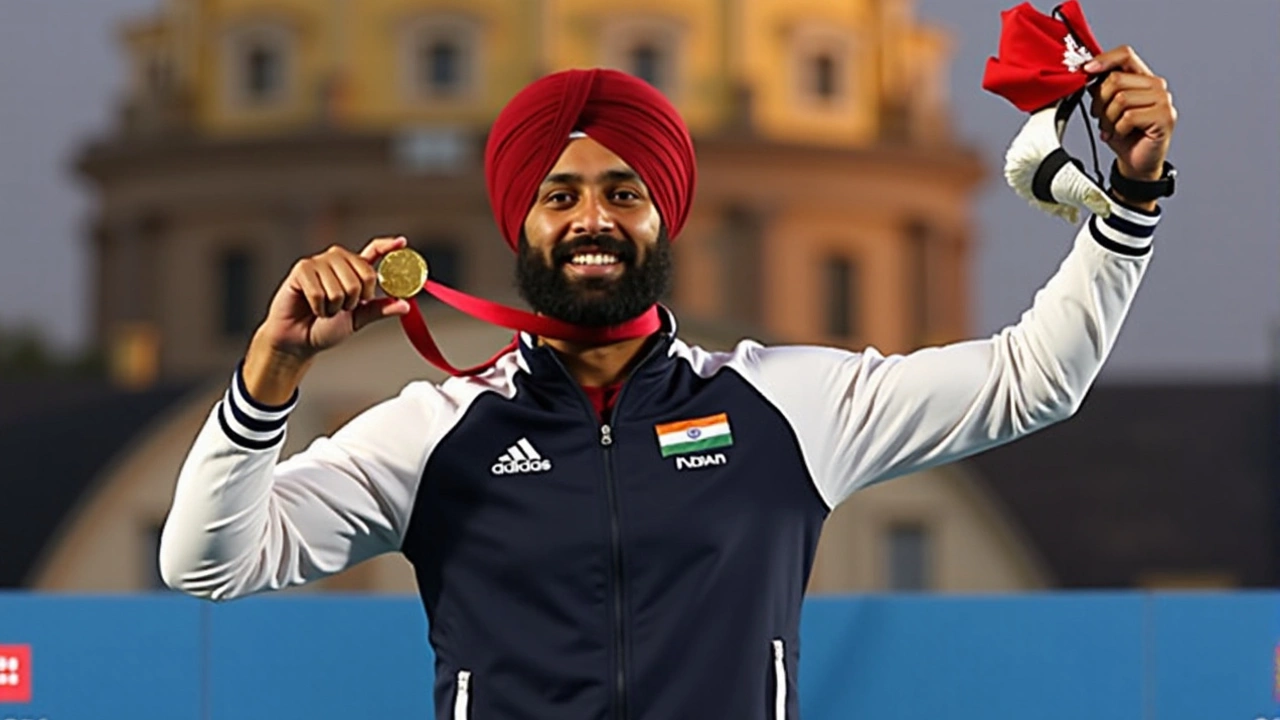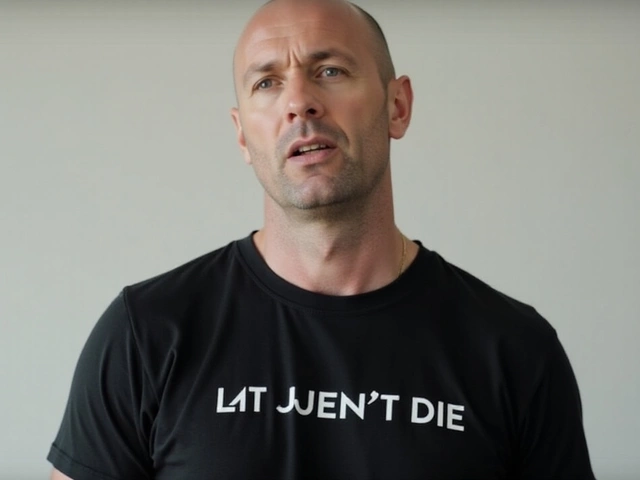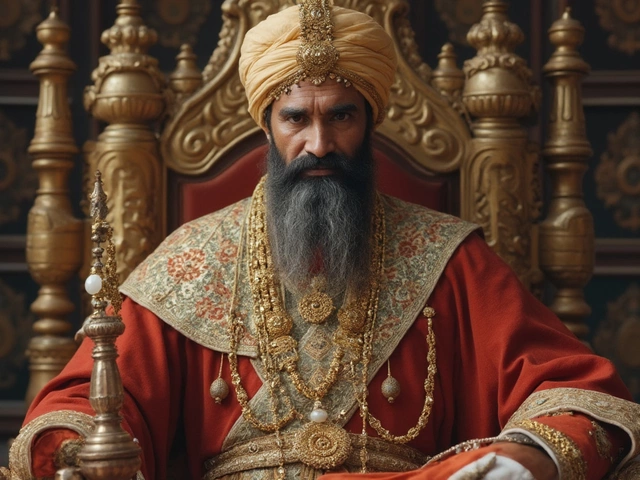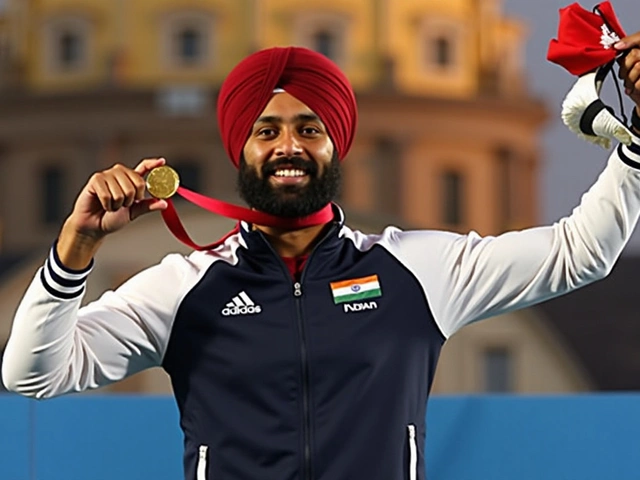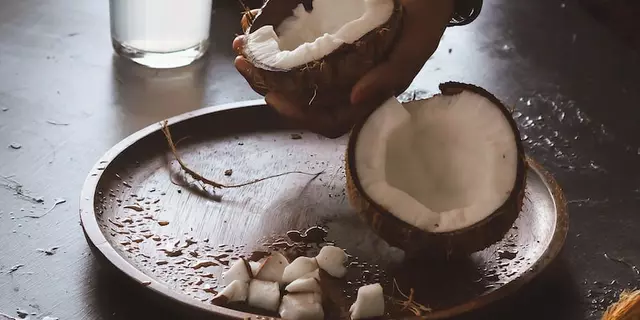Padma Awards: India’s Top Civilian Honors Explained
Ever wondered why you see the word "Padma" everywhere during Republic Day? It’s India’s way of thanking people who have made a real difference. The Padma Awards are the country’s highest civilian honors, and they cover everything from art and science to social work and public affairs.
The awards were started in 1954, just a few years after India became a republic. Since then, they’ve grown into a yearly celebration of talent, dedication and service. Each year the government announces a fresh list of winners, and the ceremony is watched by millions on TV.
Categories of Padma Awards
There are three tiers. The top one, Padma Vibhushan, goes to people who have shown exceptional and distinguished service. Below that is the Padma Bhushan, for distinguished service of a high order. The most common is the Padma Shri, which recognises distinguished contributions in any field.
All three awards come with a certificate (known as a "Sanad") and a medallion. The medallion has a lotus flower on one side and the words "Padma" on the other. Winners don’t get a cash prize, but the recognition opens doors – think speaking invitations, higher credibility and sometimes new job offers.
How Winners Are Chosen
The process starts with nominations. Anyone can nominate a candidate – friends, colleagues, even the candidates themselves. The Ministry of Home Affairs gathers all nominations and forwards them to a specially appointed committee. This committee includes former awardees, senior government officials and experts from different fields.
The committee reviews each nomination, checks the candidate’s track record and then forwards a shortlist to the Prime Minister and the President. The final list is approved by the President and announced on the eve of Republic Day (26 January). The whole process is meant to be transparent, but it’s also a bit secretive – the exact criteria aren’t fully public.
Because the awards cover so many areas, you’ll see a wide mix of names each year: actors, scientists, teachers, social activists, sports stars and even ordinary citizens who’ve done extraordinary things for their communities.
For instance, the 2024 list featured a renowned violinist who revived forgotten folk tunes, a biotech researcher whose work helped develop a low‑cost vaccine, and a school teacher from a remote village who introduced digital learning for 300 kids. These stories illustrate how the Padma Awards celebrate both high‑profile achievers and unsung heroes.
If you want to stay updated, the Ministry of Home Affairs posts the official list on its website every January. News outlets also run special features, often with short videos of the awardees talking about their journeys.
Getting a Padma Award can boost a career, but many recipients say the real reward is the chance to inspire others. They often become role models for younger generations, encouraging more people to pursue excellence in their chosen fields.
So, whether you’re a student looking for a role model, a professional hoping your work gets noticed, or just a curious reader, the Padma Awards offer a glimpse into the people shaping India’s future. Keep an eye on the next announcement – you might recognise a name you’ve admired for years, or discover a new hero you didn’t know existed.
Celebrating Excellence: Full List of 2025 Padma Awardees including Harvinder Singh and Global Influencers
In a grand recognition of talent and perseverance, 139 individuals are honored with Padma Awards for 2025 across various fields such as sports, arts, and public service. Noteworthy laureates include Paralympian Harvinder Singh, celebrated singer Arijit Singh, and cricketer R Ashwin. Among the posthumous recipients are influential personalities like former Suzuki chief Osamu Suzuki. The ceremony emphasizes India's dedication to honoring diverse and impactful contributions.
